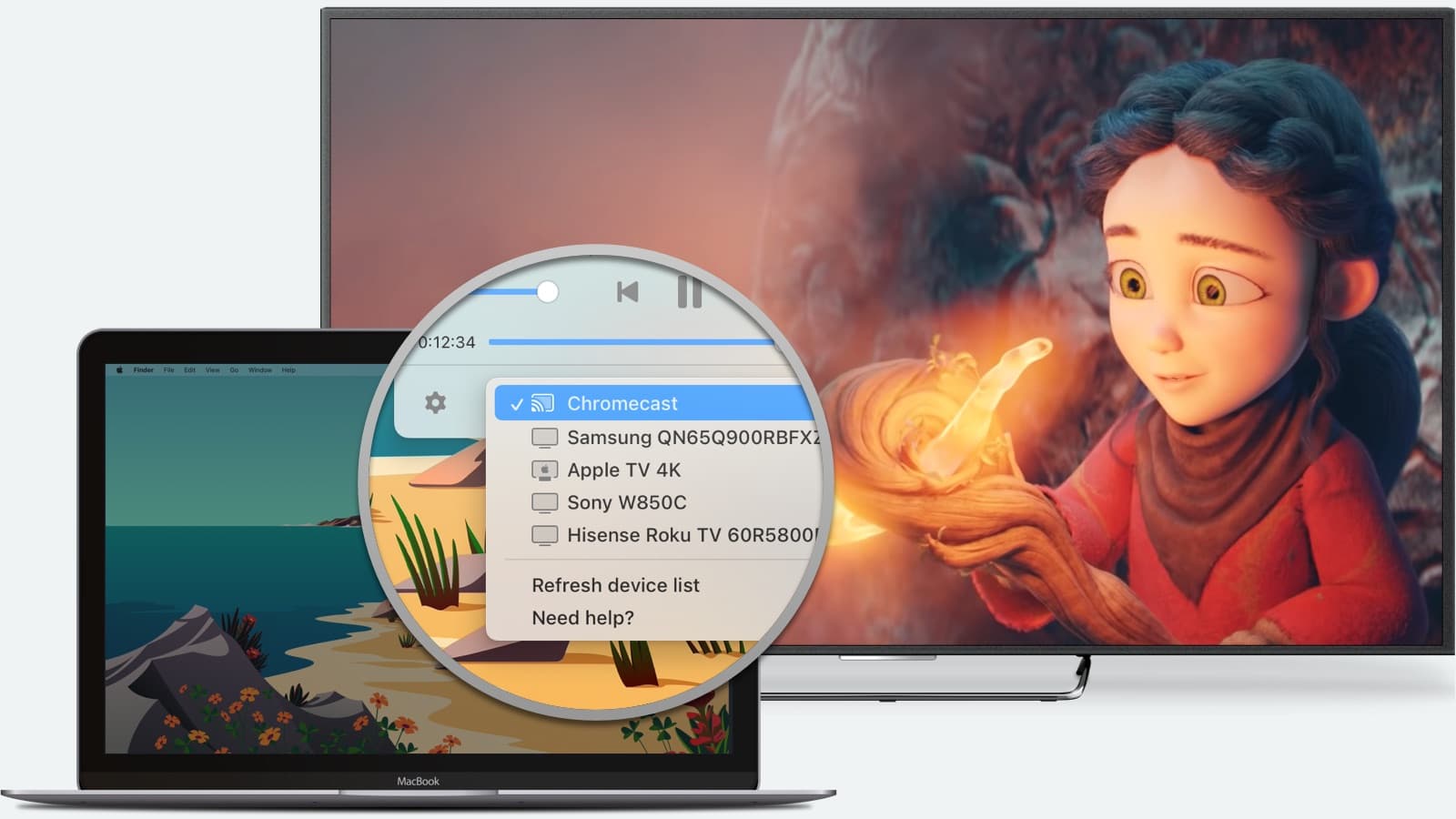
We’ll get deeper into what that means in the performance section.Īs previously mentioned, the A1 has three HDMI inputs as opposed to four, and none of them are HDMI 2.1-compliant.
Lag on lg 4k tv hdmi to mac tv#
The A1 is powered by LG’s A7 Gen4 processor, not the newest, fanciest A9 Gen4 processor found in all of LG’s other OLED TV series.
Lag on lg 4k tv hdmi to mac movie#
Generally, display panels with higher refresh rates will offer smoother and more natural motion, especially in fast-moving sports and movie scenes. The LG A1 OLED uses a 60Hz panel as opposed to the 120Hz panel found on the slightly more expensive C1 model. Just be prepared to pay up for one since shipping is so steep due to the stand’s hefty weight.įeatures and specs Dan Baker/Digital Trends A quick trip to eBay will yield results for LG C-series stands on sale. Still, since the LG A1 shares the same chassis with the C1, anyone who wanted to use the centralized stand found on the C1, CX, or even C9 OLED TVs could if they wanted to - the mounting holes are there. The LG A1 comes with two feet that must be screwed into the base of the TV while the LG C1 comes with a heavy, centralized pedestal-style stand. The similarities end at the included stand, though. The entire chassis appears to be the same as the LG C1, with one exception: The A1 OLED has only three HDMI ports while the C1 has four. The screen isn’t the only part that’s similar to the LG C1 OLED. Sure, there’s a bump-out on the lower third of the TV where all the electronics are housed, but even mounted to the wall, you still get the “wow” factor from the impossibly thin screen - even if it doesn’t roll up. It has the same stunningly thin profile you’ll find on the C1 OLED, with a screen that is thinner than any smartphone on the market.


Design Dan Baker/Digital Trendsĭespite a few shortcomings, the A1 OLED is still an OLED TV, and I was quickly reminded of that as I unboxed the TV. So, for this review, I think it’s important to learn what you get and what you don’t get with LG’s A1 OLED and, perhaps most importantly, whether the small amount of savings comes with a few sacrifices in design and performance. TV prices usually go down toward the end of the calendar year, and perhaps drop even further when the next year’s models come out in the spring, but for now, the prospect of an OLED TV under $1,000 remains elusive.


 0 kommentar(er)
0 kommentar(er)
